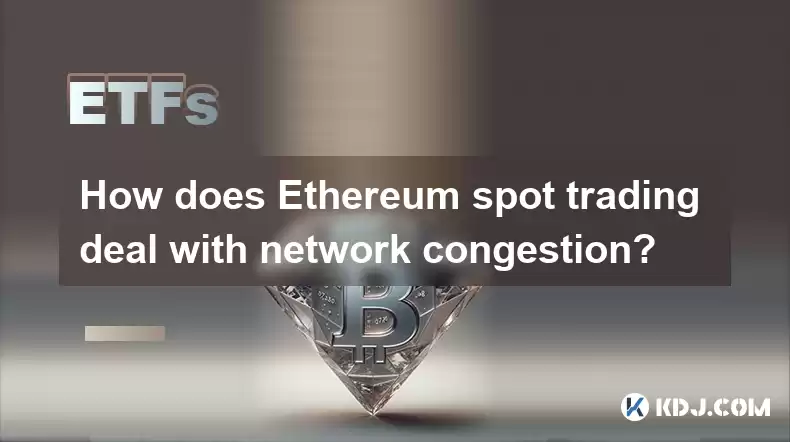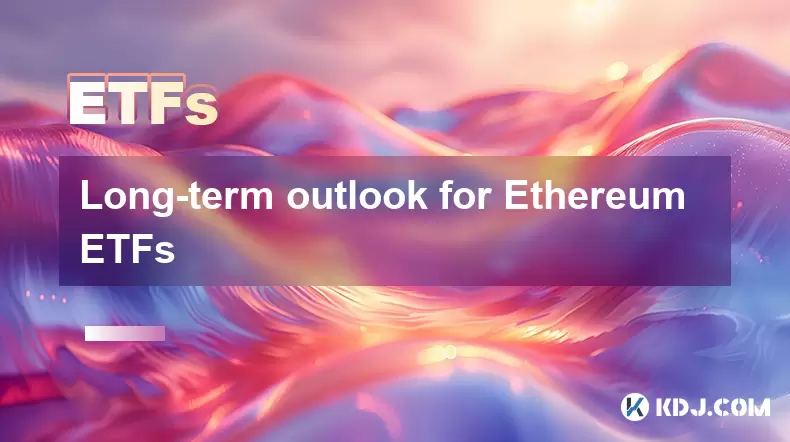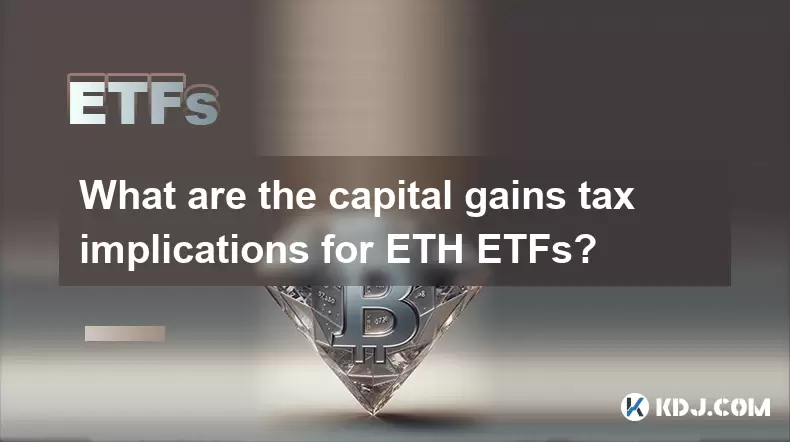-
 Bitcoin
Bitcoin $114000
0.14% -
 Ethereum
Ethereum $3493
-0.55% -
 XRP
XRP $2.877
-2.40% -
 Tether USDt
Tether USDt $1.000
0.04% -
 BNB
BNB $749.6
-1.00% -
 Solana
Solana $161.8
-1.73% -
 USDC
USDC $0.0000
0.01% -
 TRON
TRON $0.3261
-0.10% -
 Dogecoin
Dogecoin $0.1978
-1.14% -
 Cardano
Cardano $0.7237
1.01% -
 Hyperliquid
Hyperliquid $38.91
1.50% -
 Sui
Sui $3.466
1.01% -
 Stellar
Stellar $0.3856
0.86% -
 Chainlink
Chainlink $16.15
0.62% -
 Bitcoin Cash
Bitcoin Cash $538.9
0.49% -
 Hedera
Hedera $0.2436
2.25% -
 Ethena USDe
Ethena USDe $1.001
0.05% -
 Avalanche
Avalanche $21.36
-0.86% -
 Toncoin
Toncoin $3.661
2.11% -
 Litecoin
Litecoin $109.1
1.99% -
 UNUS SED LEO
UNUS SED LEO $8.964
0.01% -
 Shiba Inu
Shiba Inu $0.00001220
0.67% -
 Polkadot
Polkadot $3.604
1.10% -
 Uniswap
Uniswap $9.124
0.97% -
 Monero
Monero $297.4
1.31% -
 Dai
Dai $1.000
0.02% -
 Bitget Token
Bitget Token $4.311
0.35% -
 Pepe
Pepe $0.00001048
0.49% -
 Cronos
Cronos $0.1319
-0.50% -
 Aave
Aave $257.9
1.11%
How does Ethereum spot trading deal with network congestion?
Ethereum's spot trading faces high gas fees and slow transactions due to network congestion; however, strategies like order batching, Layer-2 solutions, and choosing optimal trade times mitigate these issues.
Mar 02, 2025 at 09:00 pm

How Does Ethereum Spot Trading Deal with Network Congestion?
Key Points:
- Ethereum's network congestion significantly impacts spot trading execution speed and transaction costs.
- Several mechanisms and strategies mitigate these issues, including order batching, off-chain order books, Layer-2 scaling solutions, and choosing optimal transaction times.
- Understanding gas fees and their fluctuations is crucial for effective spot trading on Ethereum.
- The choice of trading platform plays a vital role in managing congestion-related challenges.
Detailed Explanation:
Ethereum's popularity as a leading platform for decentralized finance (DeFi) and non-fungible tokens (NFTs) often leads to network congestion. This congestion manifests as high transaction fees (gas fees) and slow transaction confirmation times, significantly impacting the efficiency and cost-effectiveness of Ethereum spot trading. Let's explore the strategies employed to navigate this challenge.
- Understanding Gas Fees and Their Impact on Spot Trading:
Ethereum transactions require a fee, known as gas, to incentivize miners to process them. The gas price is dynamic, fluctuating based on network demand. During periods of high congestion, the gas price skyrockets, making transactions prohibitively expensive. This directly impacts spot trading as traders face unpredictable costs. A simple market order might incur exorbitant gas fees, potentially exceeding the profit from the trade. Furthermore, high gas prices can lead to slippage, where the actual execution price deviates significantly from the intended price due to delays in transaction confirmation. Sophisticated traders often monitor gas price oracles and utilize strategies to minimize these costs. They might use tools that predict future gas prices to time their trades effectively, aiming for periods of lower congestion. Furthermore, understanding the relationship between gas price and transaction speed is crucial. Higher gas prices generally result in faster transaction processing, but the cost-benefit analysis is vital. Many traders utilize custom scripts and bots to automatically adjust gas prices based on real-time network conditions. This allows them to balance speed and cost, ensuring transactions are processed efficiently without incurring excessive fees. This level of automation is essential for high-frequency trading on Ethereum, where speed and precision are paramount. The volatility of gas prices, however, introduces an element of uncertainty that must be carefully managed through risk assessment and hedging strategies. Ultimately, gas fee management is a core component of successful Ethereum spot trading, requiring constant monitoring and adaptation to the dynamic network conditions.
- Order Batching and Transaction Optimization:
One effective technique to mitigate high gas fees is order batching. Instead of sending individual orders, traders combine multiple orders into a single transaction. This significantly reduces the overall gas cost per order. This strategy requires careful planning and execution, as errors in a batched transaction can affect all included orders. Specialized tools and libraries are available to assist with the creation and management of batched transactions. However, batching is not without its limitations. The size of a batched transaction is constrained by the Ethereum block gas limit, meaning that only a certain number of orders can be included in a single batch. Therefore, optimizing the batch size is crucial to balance the cost savings with the practical limitations of the network. Furthermore, the complexity of batching increases with the number of orders involved, necessitating advanced programming skills and a thorough understanding of Ethereum's transaction structure. Many advanced trading platforms offer features to automate order batching, streamlining the process for traders. Beyond batching, optimizing the transaction data itself can reduce gas costs. Minimizing the size of the data associated with each order, for instance, can lower the gas required for processing. These optimizations are often implemented at the software level, requiring careful coding and testing.
- Off-Chain Order Books and Decentralized Exchanges (DEXs):
To alleviate network congestion, off-chain order books are employed by many decentralized exchanges (DEXs). These order books exist outside the main Ethereum blockchain, significantly reducing the load on the network. Orders are matched off-chain, and only the final settlement transaction is submitted to the Ethereum blockchain. This process greatly improves transaction speed and reduces gas fees compared to on-chain order matching. However, off-chain order books introduce a degree of trust, as the DEX operator is responsible for the integrity of the order book. Users must carefully vet the reputation and security practices of the DEX they choose. Furthermore, the transition from off-chain to on-chain settlement can still be susceptible to congestion, although the impact is minimized compared to fully on-chain trading. The architecture of different DEXs varies, with some relying more heavily on off-chain mechanisms than others. Understanding the specific implementation of a DEX is crucial for traders to assess the potential impact of network congestion on their trades. The development of sophisticated off-chain solutions is an ongoing area of research and development within the Ethereum ecosystem, with the aim of further enhancing the scalability and efficiency of spot trading.
- Layer-2 Scaling Solutions:
Layer-2 scaling solutions like Optimism, Arbitrum, and Polygon offer a compelling alternative for Ethereum spot trading. These solutions process transactions off the main Ethereum blockchain, significantly reducing congestion and lowering gas fees. Layer-2 solutions use various techniques to enhance scalability, such as state channels and rollups. Trading on Layer-2 typically involves bridging assets to and from the main Ethereum network, which might introduce additional steps and costs. However, the significant reduction in gas fees and improved transaction speed often outweighs these minor inconveniences. The choice of Layer-2 solution depends on several factors, including the specific DEX supported, the type of assets being traded, and the desired level of security. Each Layer-2 solution has its own characteristics and trade-offs in terms of speed, security, and cost. Thorough research and careful consideration are crucial for traders to select the most appropriate Layer-2 platform for their needs. The ongoing development and competition among Layer-2 solutions are driving innovation and improvement in the scalability of Ethereum, leading to a more efficient and cost-effective spot trading environment.
- Choosing Optimal Transaction Times:
Network congestion on Ethereum is not uniform throughout the day or week. Observing network activity patterns can help traders identify periods of lower congestion and reduced gas prices. Trading during off-peak hours can result in significant savings on gas fees. Monitoring tools and resources that track network activity provide valuable insights into optimal transaction times. The price of gas is often correlated with other factors such as the overall activity in the DeFi space and the launch of new projects. Understanding these correlations can help traders anticipate periods of high and low congestion. Timing transactions strategically can be a crucial element in managing the cost and speed of spot trading on Ethereum. The adoption of automated trading bots can be particularly advantageous in this context, as bots can automatically adjust trading schedules based on real-time network conditions.
- Selecting a Suitable Trading Platform:
Different trading platforms offer varying levels of support for mitigating network congestion. Some platforms may offer advanced tools for gas fee optimization, order batching, or integration with Layer-2 solutions. Choosing a platform with robust features tailored to managing network congestion is crucial for efficient and cost-effective spot trading. The user experience can also vary significantly between platforms. Some platforms may provide clearer and more intuitive interfaces for managing gas fees and optimizing transactions. Carefully evaluating the features and user experience offered by different platforms is essential for traders to choose a platform that aligns with their needs and trading style.
FAQs:
Q: What are gas fees, and why are they so important in Ethereum spot trading?
A: Gas fees are the transaction fees paid to miners on the Ethereum network for processing transactions. In spot trading, these fees directly impact the cost of executing trades. High gas fees can significantly reduce profitability or even make trades uneconomical. Understanding and managing gas fees is crucial for successful Ethereum spot trading.
Q: How can I reduce gas fees when spot trading on Ethereum?
A: Several strategies can help reduce gas fees: order batching, using Layer-2 scaling solutions, choosing optimal transaction times, and selecting a trading platform with gas fee optimization tools.
Q: What are Layer-2 scaling solutions, and how do they help with network congestion?
A: Layer-2 scaling solutions process transactions off the main Ethereum blockchain, reducing the load on the network and lowering gas fees. Examples include Optimism, Arbitrum, and Polygon. They offer faster transaction speeds and lower costs compared to on-chain trading.
Q: Are there any risks associated with using Layer-2 solutions?
A: While Layer-2 solutions offer significant benefits, there are some risks. These include the need to bridge assets between Layer-1 and Layer-2, potentially introducing additional steps and costs, and the security of the Layer-2 platform itself. Careful due diligence is necessary before choosing a Layer-2 solution.
Q: How can I monitor Ethereum network congestion?
A: Several websites and tools provide real-time data on Ethereum network congestion, including gas prices and transaction speeds. Monitoring these resources can help you identify optimal times for trading to minimize gas fees.
Disclaimer:info@kdj.com
The information provided is not trading advice. kdj.com does not assume any responsibility for any investments made based on the information provided in this article. Cryptocurrencies are highly volatile and it is highly recommended that you invest with caution after thorough research!
If you believe that the content used on this website infringes your copyright, please contact us immediately (info@kdj.com) and we will delete it promptly.
- Solana's Next Chapter: SOL Prediction and the SOLF Token Buzz
- 2025-08-03 18:30:16
- Token Chart Buzz: Analysts Eye Potential Price Increase with Mutuum Finance (MUTM)
- 2025-08-03 18:30:16
- Dogecoin, Utility Tokens, and Whales: A New Era for Crypto?
- 2025-08-03 19:10:16
- Small Cap Crypto Gem Alert: Ruvi AI's 100x Potential Shakes Up Solana, Ethereum, and XRP
- 2025-08-03 19:10:16
- SOLF Token vs. BONK: Predicting a $300 Solana in 2025?
- 2025-08-03 16:30:16
- Sei, Injective, and Bitcoin Dominance: Navigating the Crypto Landscape
- 2025-08-03 16:50:15
Related knowledge

Long-term outlook for Ethereum ETFs
Jul 22,2025 at 06:42am
What Exactly Is an Ethereum ETF?An Ethereum Exchange-Traded Fund (ETF) is a financial product that tracks the price of Ethereum (ETH) and is traded on...

How does the ETH ETF affect Ethereum's network security?
Jul 17,2025 at 01:29pm
Understanding the ETH ETF ConceptAn Ethereum Exchange-Traded Fund (ETH ETF) is a financial product that allows investors to gain exposure to Ethereum ...

What are the capital gains tax implications for ETH ETFs?
Jul 18,2025 at 08:00am
Understanding Capital Gains Tax in Cryptocurrency InvestmentsCapital gains tax is a tax imposed on the profit realized from the sale of an asset that ...

What are the capital gains tax implications for ETH ETFs?
Jul 21,2025 at 11:14am
Understanding ETH ETFs and Their TaxationAn Ethereum Exchange-Traded Fund (ETH ETF) allows investors to gain exposure to Ethereum without directly own...

Understanding the creation and redemption process of an ETH ETF
Jul 19,2025 at 07:36am
What is an ETH ETF?An ETH ETF (Ethereum Exchange-Traded Fund) is a financial product designed to track the price of Ethereum without requiring investo...

How to analyze which ETH ETF is the best choice
Jul 19,2025 at 05:01pm
Understanding ETH ETFs and Their RelevanceEthereum Exchange-Traded Funds (ETFs) have emerged as a popular investment vehicle for those seeking exposur...

Long-term outlook for Ethereum ETFs
Jul 22,2025 at 06:42am
What Exactly Is an Ethereum ETF?An Ethereum Exchange-Traded Fund (ETF) is a financial product that tracks the price of Ethereum (ETH) and is traded on...

How does the ETH ETF affect Ethereum's network security?
Jul 17,2025 at 01:29pm
Understanding the ETH ETF ConceptAn Ethereum Exchange-Traded Fund (ETH ETF) is a financial product that allows investors to gain exposure to Ethereum ...

What are the capital gains tax implications for ETH ETFs?
Jul 18,2025 at 08:00am
Understanding Capital Gains Tax in Cryptocurrency InvestmentsCapital gains tax is a tax imposed on the profit realized from the sale of an asset that ...

What are the capital gains tax implications for ETH ETFs?
Jul 21,2025 at 11:14am
Understanding ETH ETFs and Their TaxationAn Ethereum Exchange-Traded Fund (ETH ETF) allows investors to gain exposure to Ethereum without directly own...

Understanding the creation and redemption process of an ETH ETF
Jul 19,2025 at 07:36am
What is an ETH ETF?An ETH ETF (Ethereum Exchange-Traded Fund) is a financial product designed to track the price of Ethereum without requiring investo...

How to analyze which ETH ETF is the best choice
Jul 19,2025 at 05:01pm
Understanding ETH ETFs and Their RelevanceEthereum Exchange-Traded Funds (ETFs) have emerged as a popular investment vehicle for those seeking exposur...
See all articles

























































































